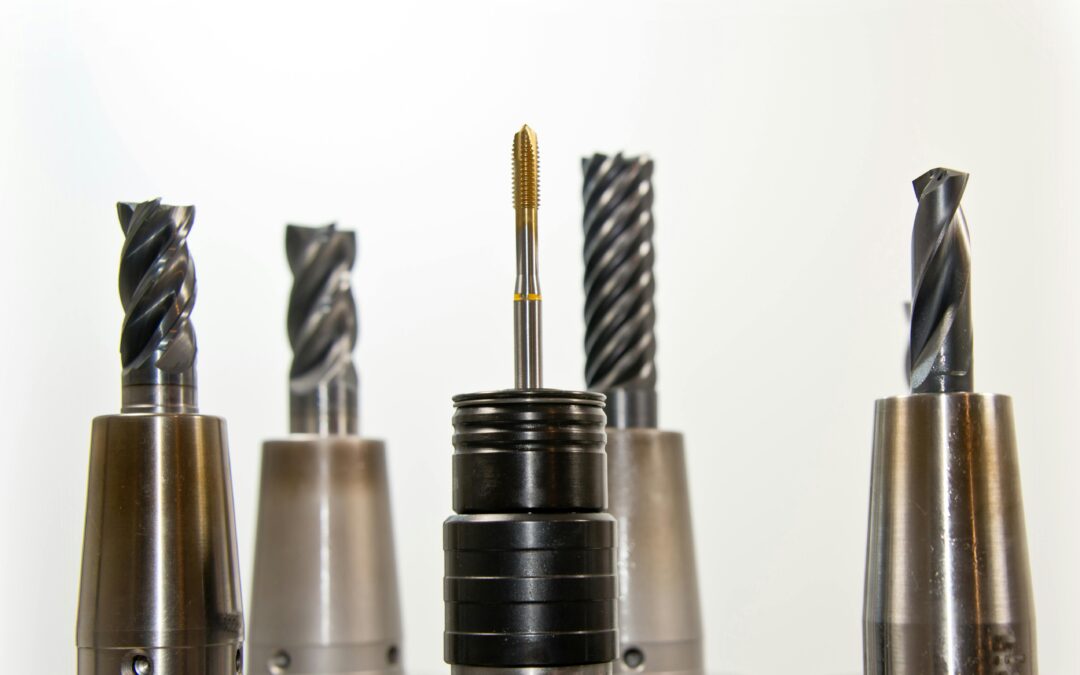Achieving flawless, precise holes in tough materials is not merely about knowing the right technique, but more about equipping yourself with the best tools. Among those tools, diamond drill bits stand out as essential for professional tiling and construction work, especially when dealing with resilient surfaces like modern porcelain and natural stone.
The Technology Behind Diamond Drill Bits
If you have used a drill before, then you must be aware that not all bits are created equal. High-quality diamond drill bits incorporate industrial-grade diamonds within a carefully designed metal bond. This combination provides exceptional cutting power, even against the toughest surfaces.
The metal bond’s hardness plays a pivotal role, especially when switching between materials like marble, quartzite, or ceramics. An overly soft bond may wear down too quickly, while a hard bond could reduce the cutting efficiency. Striking the right balance is key to achieving professional-grade results.
Tailoring Techniques to Materials
Different materials demand distinct approaches. Take natural stone as an example. Its crystalline structure requires precision and patience. Attempting to power through without proper speed and pressure control risks cracking or chipping valuable slabs.
Porcelain, on the other hand, presents an entirely different challenge. Its dense, man-made surface needs delicate handling and precise speeds to prevent overheating or damage. While experienced pros often develop an instinct for appropriate techniques over time, starting with manufacturer-recommended speeds and pressure levels can help build that intuitive understanding.
Best Practices for Bit Longevity
Nobody enjoys replacing tools prematurely, especially when they come with a premium price tag. Extending the life of your diamond drill bits starts with mastering a few foundational techniques. Maintaining consistent drill speeds prevents the diamond segments from overheating and glazing.
Equally important is the application of moderate, steady pressure. Pressing too hard can wear down the bit unnecessarily, while insufficient pressure can slow progress and dull the cutting edge. Cooling is another critical factor, particularly in Australia’s hot climate.
Choosing the Right Diamond Drill Bit for the Job
There are several things that you should consider when choosing a diamond-inspired drill bit. For starters, the type of material you are working with, the project’s scale, and your budget all play a role. High-quality bits often cost more upfront but tend to last longer and perform more consistently, ultimately saving money over time.
Also, pay attention to segment spacing, those gaps between diamond segments aren’t decorative. They are designed to clear away debris effectively and aid cooling during operation. Additionally, the bond hardness of the bit should align with the material being drilled. That said, softer bonds work better on harder surfaces, while harder bonds are ideal for softer materials.
Maintenance and Safety
Proper maintenance ensures your tools remain reliable and efficient. After each use, clean the bit thoroughly to remove any slurry or debris that could affect its performance. Storing your bits in a dry environment prevents corrosion and prolongs their lifespan.
Safety should always be a priority. Always wear appropriate eye protection while drilling, and do not overlook respiratory safeguards. Even with water cooling reducing dust levels, fine particles can pose health risks. Adhering to workplace safety standards is not just about compliance, it is about protecting yourself and your team.
Invest in Quality Tools for Better Performance
While professional-grade diamond drill bits may seem like a hefty investment, they pay off in the long run. Beyond the obvious time and labour savings, high-quality tools help avoid costly mistakes, rework, or callbacks.
Moreover, understanding how to use these tools effectively amplifies their value. The best diamond drill bits will not perform at their peak without proper handling, consistent maintenance, and an informed approach to technique.

Recent Comments